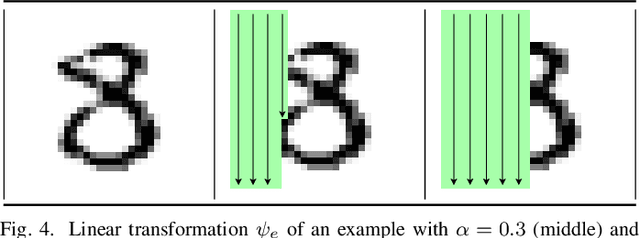Gabriele Costa
A Protocol for Emotions
Oct 29, 2021



Abstract:We tend to consider emotions a manifestation of our innermost nature of human beings. Emotions characterize our lives in many ways and they chaperon every rational activity we carry out. Despite their pervasiveness, there are still many things we ignore about emotions. Among them, our understanding of how living beings transfer emotions is limited. In particular, there are highly sophisticated interactions between human beings that we would like to comprehend. For instance, think of a movie director who knows in advance the strong emotional impact that a certain scene will have on the spectators. Although many artists rely on some emotional devices, their talent and vision are still the key factors. In this work we analyze high-level protocols for transferring emotions between two intelligent agents. To the best of our knowledge, this is the first attempt to use communication protocols for modeling the exchange of human emotions. By means of a number of examples, we show that our protocols adequately model the engagement of the two parties. Beyond the theoretical interest, our proposal can provide a stepping stone for several applications that we also discuss in this paper.
Covert Channel Attack to Federated Learning Systems
Apr 21, 2021



Abstract:Federated learning (FL) goes beyond traditional, centralized machine learning by distributing model training among a large collection of edge clients. These clients cooperatively train a global, e.g., cloud-hosted, model without disclosing their local, private training data. The global model is then shared among all the participants which use it for local predictions. In this paper, we put forward a novel attacker model aiming at turning FL systems into covert channels to implement a stealth communication infrastructure. The main intuition is that, during federated training, a malicious sender can poison the global model by submitting purposely crafted examples. Although the effect of the model poisoning is negligible to other participants, and does not alter the overall model performance, it can be observed by a malicious receiver and used to transmit a single bit.
 Add to Chrome
Add to Chrome Add to Firefox
Add to Firefox Add to Edge
Add to Edge